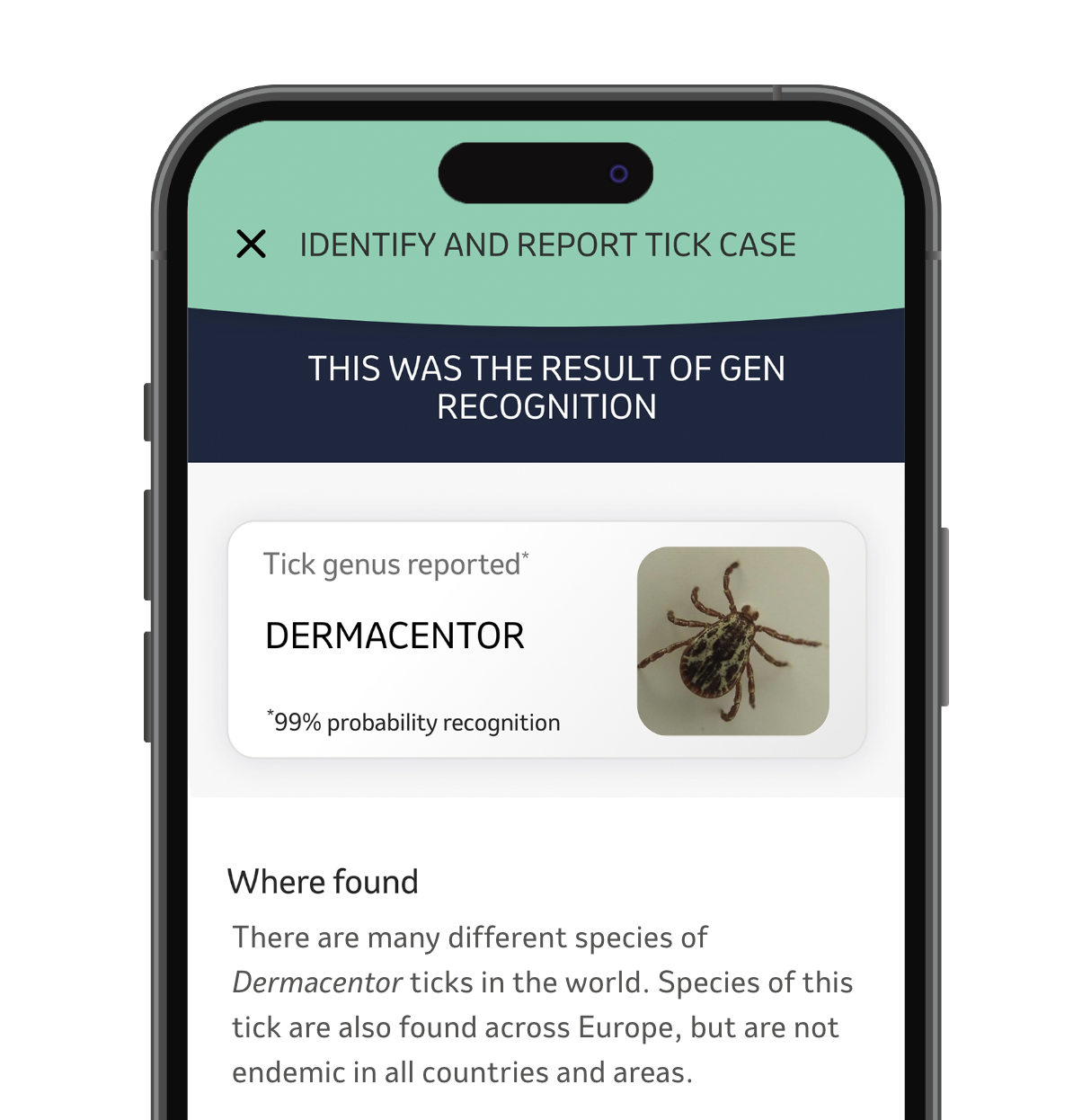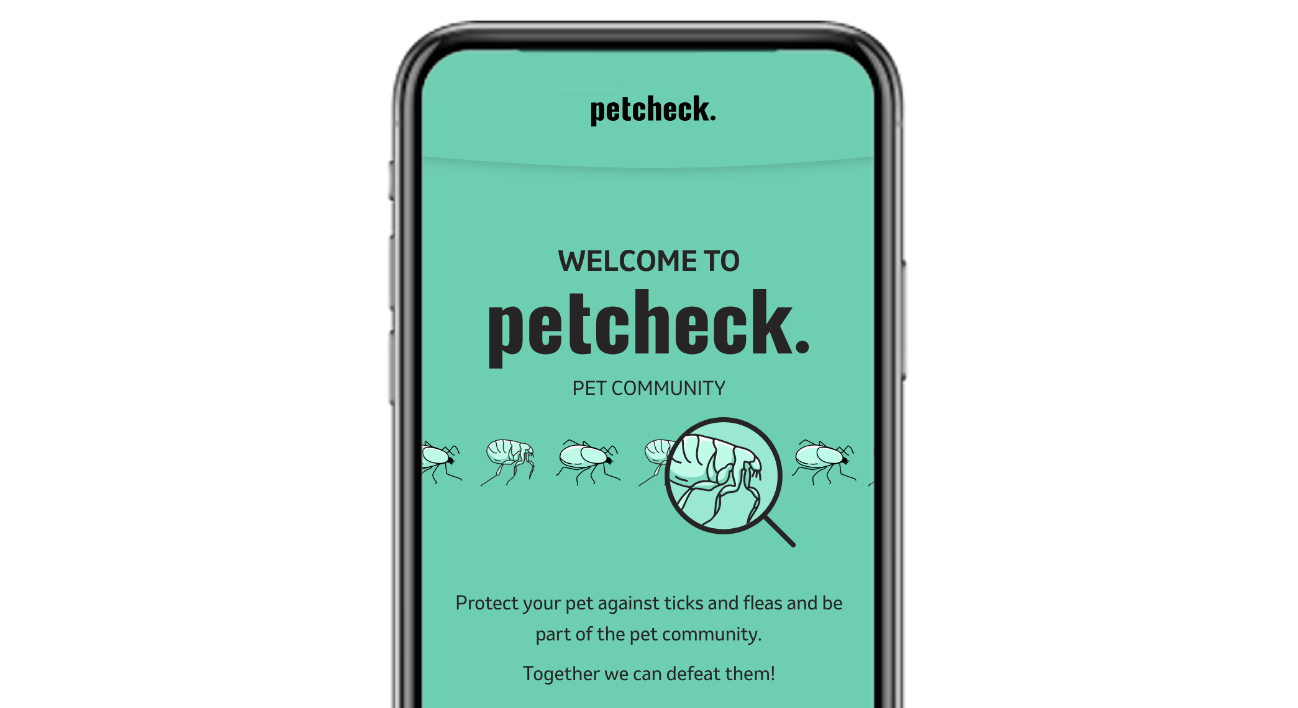Is that tick a risk to your pet?
Identify it with PetCheck

Ticks and fleas are common parasites of dogs and cats that feed on your pets’ blood and can transmit diseases.
But did you know that different types of ticks represent different risks?
PetCheck lets you identify the ticks found on pets using Artificial Intelligence with 80% accuracy.
PETCHECK CAN HELP YOU UNDERSTAND THE THREAT TICKS AND FLEAS POSE TO YOUR PETS
Due to rising temperatures, ticks are staying active for longer and appearing in new areas, including cities and suburbs.
Being aware of the risks they pose is the first step towards protecting your pets all year round.
What is PetCheck and how does it identify ticks on pets?
PetCheck uses artificial intelligence to identify the ticks you find on your pet. Simply take a picture of the tick with your phone and the app will do the rest.
The app identifies ticks with 80% accuracy. If PetCheck can’t identify a tick, a human expert will review the picture and label it. This way, the app gets better every time you use it.
With the app’s built-in flea egg calculator, you can also get an estimate of the amount of fleas that might already be infesting your home based on the number of eggs found on your pet.

Who is PetCheck for?
If you own a dog or a cat, then PetCheck is definitely for you. The app is intuitive and easy to use, and will help you be aware of the tick risks in your area.
PETCHECK FEATURES
- Identify ticks with 80% accuracy
- Access world-class information about ticks and the risks they represent
- Contribute to tick distribution maps and help other pet owners prepare against the threat of ticks
- Discover tick reports near you, so you know which areas to be extra cautious
- Estimate the flea burden in your home
- Connect with a vet through the app!
Is your pet at risk of new diseases?
Ask a vet!
Rising temperatures are allowing parasites to remain active for longer periods, even all year round, and spread diseases to unexpected places.
Many owners are unaware of this, so their pets could be left unprotected. A vet can tell you what risks your pets face in your local area and the continuous protection they need.




 Go To United States
Go To United States Austria
Austria Belgium
Belgium Czech Republic
Czech Republic Denmark
Denmark Europe
Europe Finland
Finland France
France Germany
Germany Greece
Greece Hungary
Hungary Ireland
Ireland Israel
Israel Italy
Italy Netherlands
Netherlands Norway
Norway Poland
Poland Portugal
Portugal Romania
Romania Slovakia
Slovakia Spain
Spain Sweden
Sweden Turkey
Turkey United Kingdom
United Kingdom